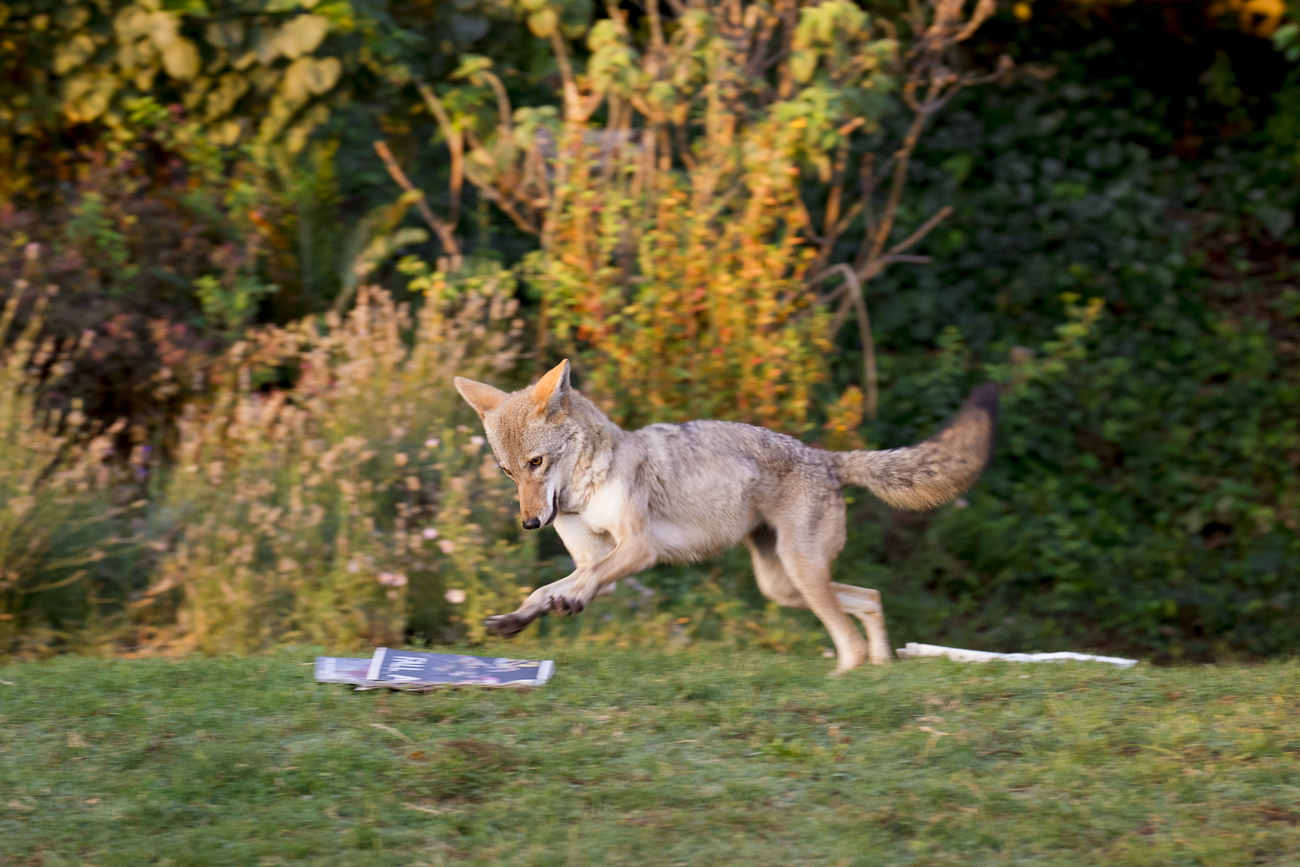Carson Barylak
lions, tigers and…coyotes? what Americans can learn from coexistence successes around the world
lions, tigers and…coyotes? what Americans can learn from coexistence successes around the world

In recent years, Americans have shown their support for protecting iconic species around the world, from calling on our leaders to address the United States’ role in the international ivory trade to urging federal wildlife managers to list all pangolins as endangered. We have urged lawmakers to stop the U.S. tiger trade, in part to safeguard the animals’ wild counterparts, and there is ever-growing momentum to update our domestic policy so that giraffes will face fewer threats in the places they call home.
We increasingly agree that wildlife should be safe and free, and that human presence should not mean that our fellow species are banished from a landscape. Rather, wildlife is to be treasured, both for its intrinsic value and for its positive relationship to human wellbeing. Inspiring conservation victories around the world have shown us that even some of the animals most feared by humans, like lions and elephants—species for which so many Americans have demanded protections—continue to live in and around human-dominated landscapes thanks to local communities’ innovative approaches and commitment to coexistence.
Despite our nation’s enthusiasm for protecting iconic species abroad, we have in many instances failed to consider what we can do to protect the wild animals that live in and around our own communities. While demanding that families across the globe accept lions in their backyards, we have systematically eliminated native species from our own.
Last year, outrage followed reports that Maasai herdsmen in Kenya had poisoned lions in response to livestock killings; however, in the U.S., we regularly deploy deadly poisons like sodium cyanide to kill coyotes, wolves, and other wild carnivores. And, while the lions were poisoned against the wishes of wildlife officials, wildlife poisoning in the United States is often undertaken and sanctioned by a federal program using taxpayer dollars.
In fact, every day, the U.S. government deliberately kills thousands of wild animals throughout the country. In 2018, 1.5 million native wild animals were killed by a single federal agency in order to “control” them. These species include beavers, coyotes, wolves, foxes, black bears, bobcats, doves, and many others, and they are often killed with cruel traps or inhumane poisons—all because they are seen as getting in the way of humans.
Native carnivores provide myriad benefits to people by helping to maintain ecosystem balance. For example, coyotes remove decaying food matter from the ecosystem which reduces disease prevalence. Additionally, foxes and coyotes help control wild mice populations which can suppress Lyme disease. Sadly, they are subjected to publicly-funded leg-hold trapping and cyanide poisoning, and coyotes have even been the target of contests in which people indiscriminately kill as many as possible. Yet they are valuable part of the landscape and ecosystems across the U.S., from wildlands to suburbs, and we can take simple steps to peacefully coexist with these clever canids. After all, if we expect others to live alongside some of the largest and potentially dangerous animals in the world, surely we can learn to appreciate our own wild neighbors.
Needless to say, many of us in the U.S. have been a bit hypocritical when it comes to wildlife coexistence. But that’s not the takeaway here; rather, we should appreciate the privilege of living alongside native wildlife, and take inspiration from communities who have succeeded in thriving together with their wild neighbors. From our individual, day-to-day activities to major national policy decisions about which we can influence our federal legislators, we have both the opportunity and the responsibility to support coexistence in the places we call home.
-Carson Barylak, US Programs Campaign Manager
Related content
Our work can’t get done without you. Please give what you can to help animals thrive.